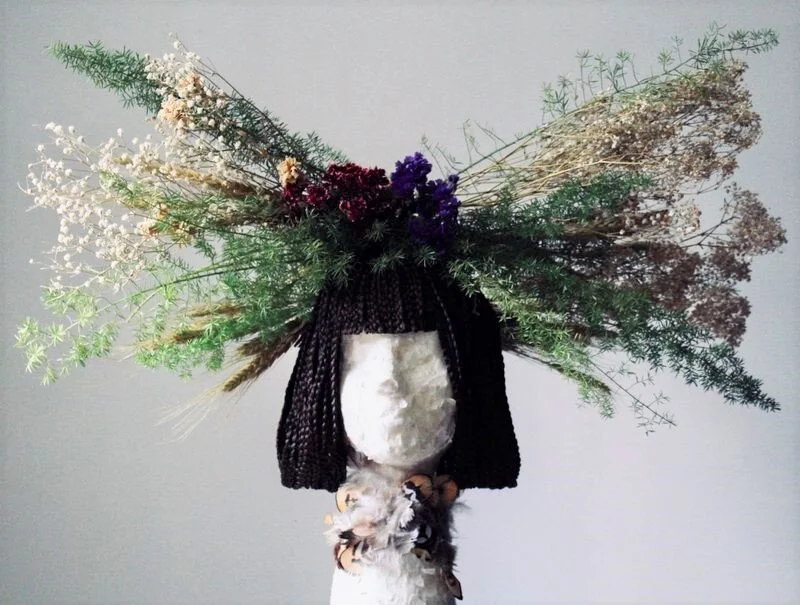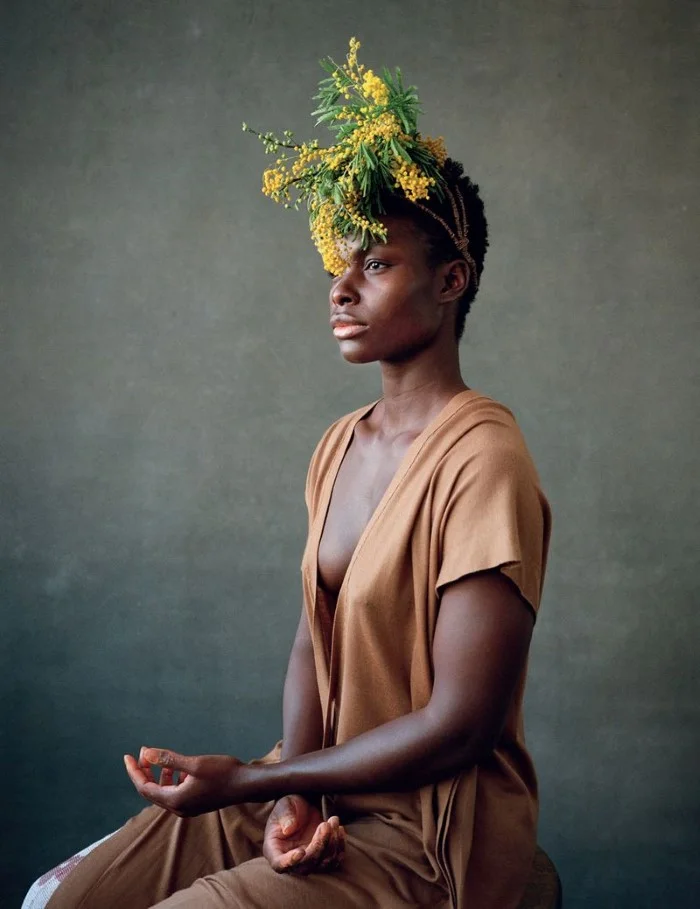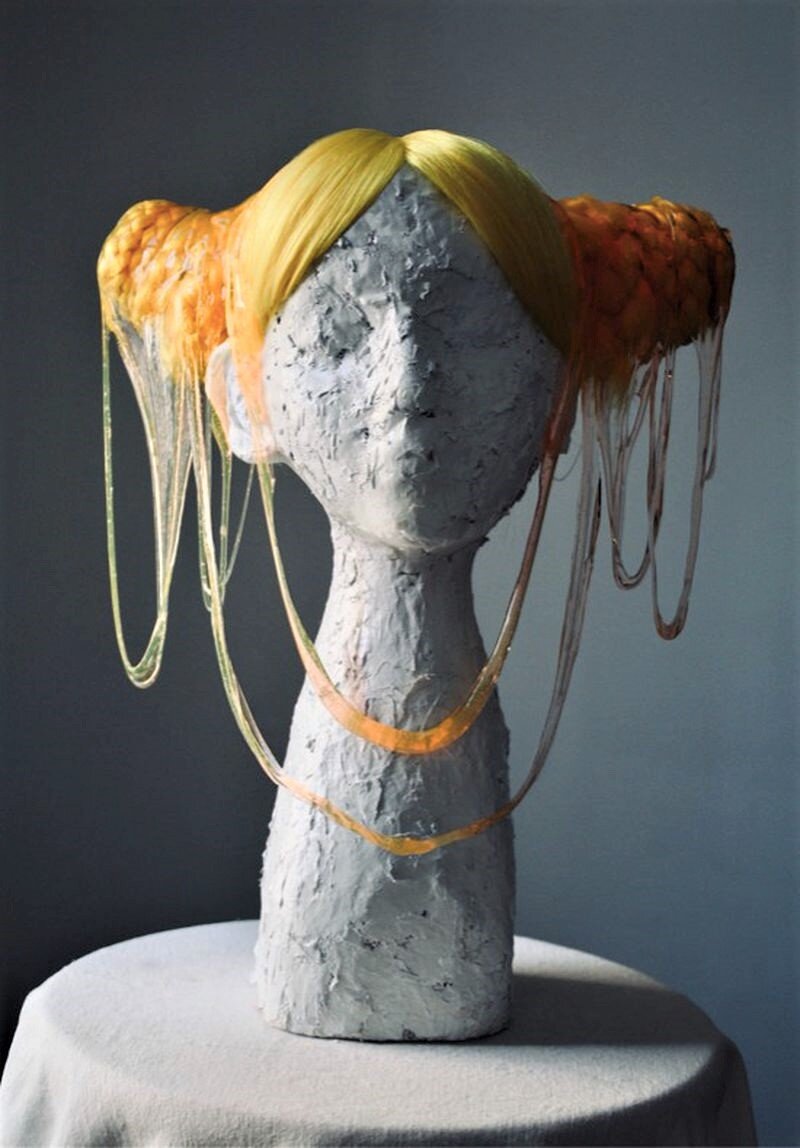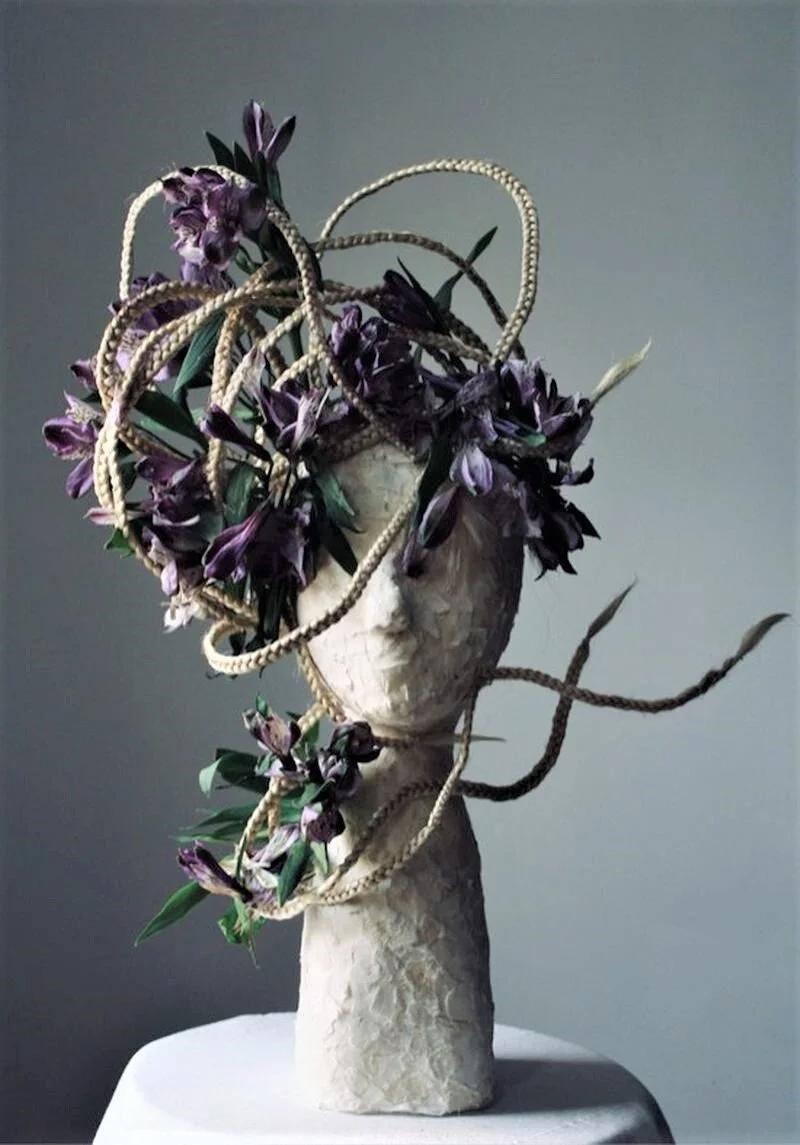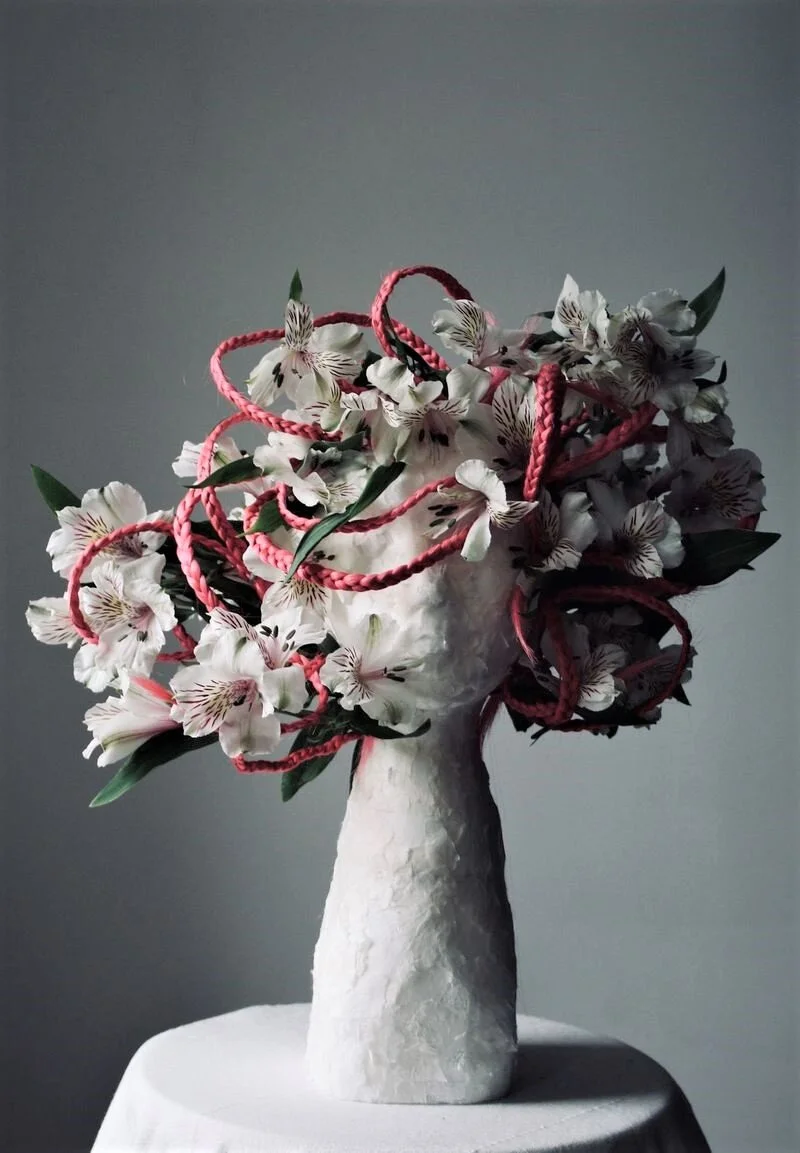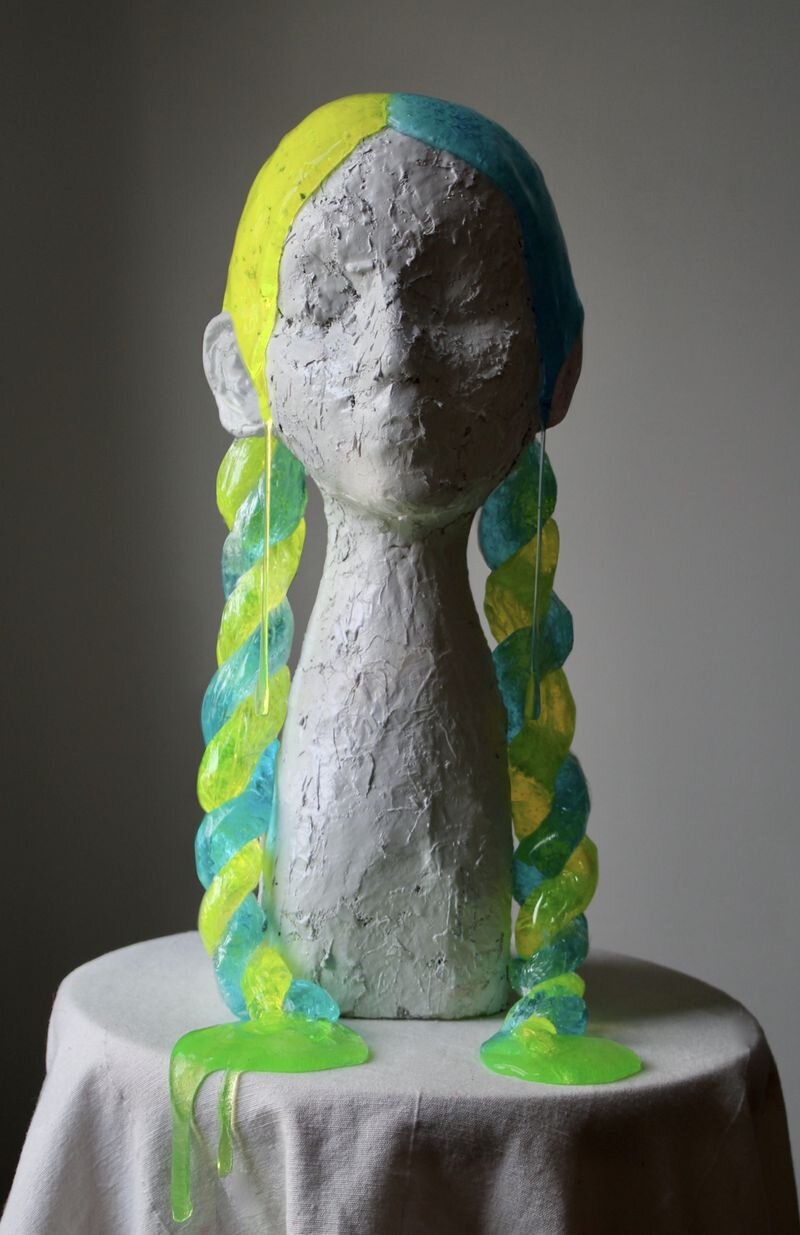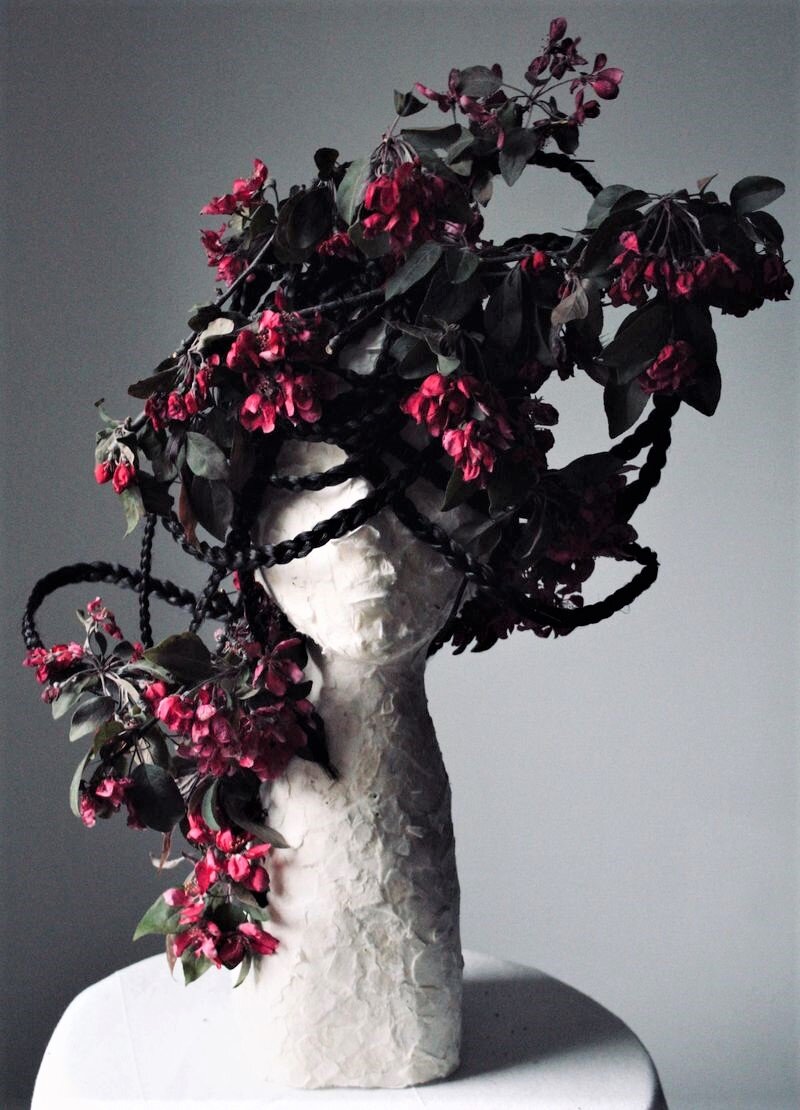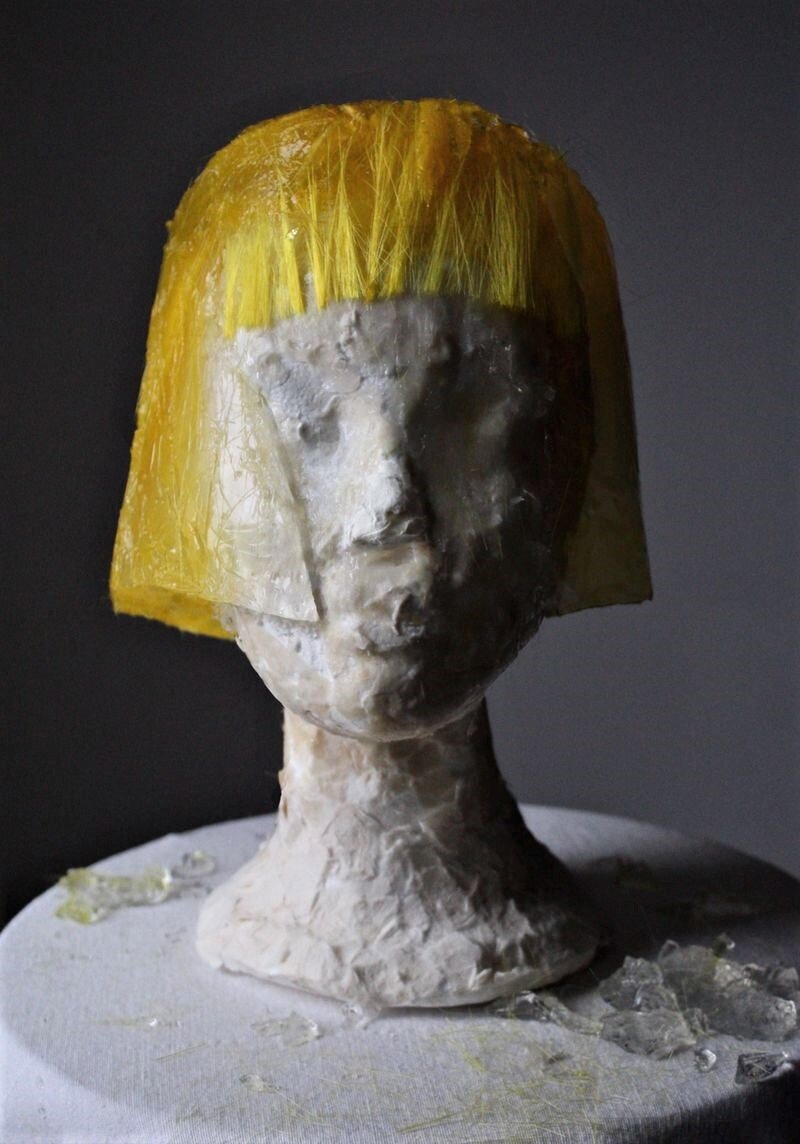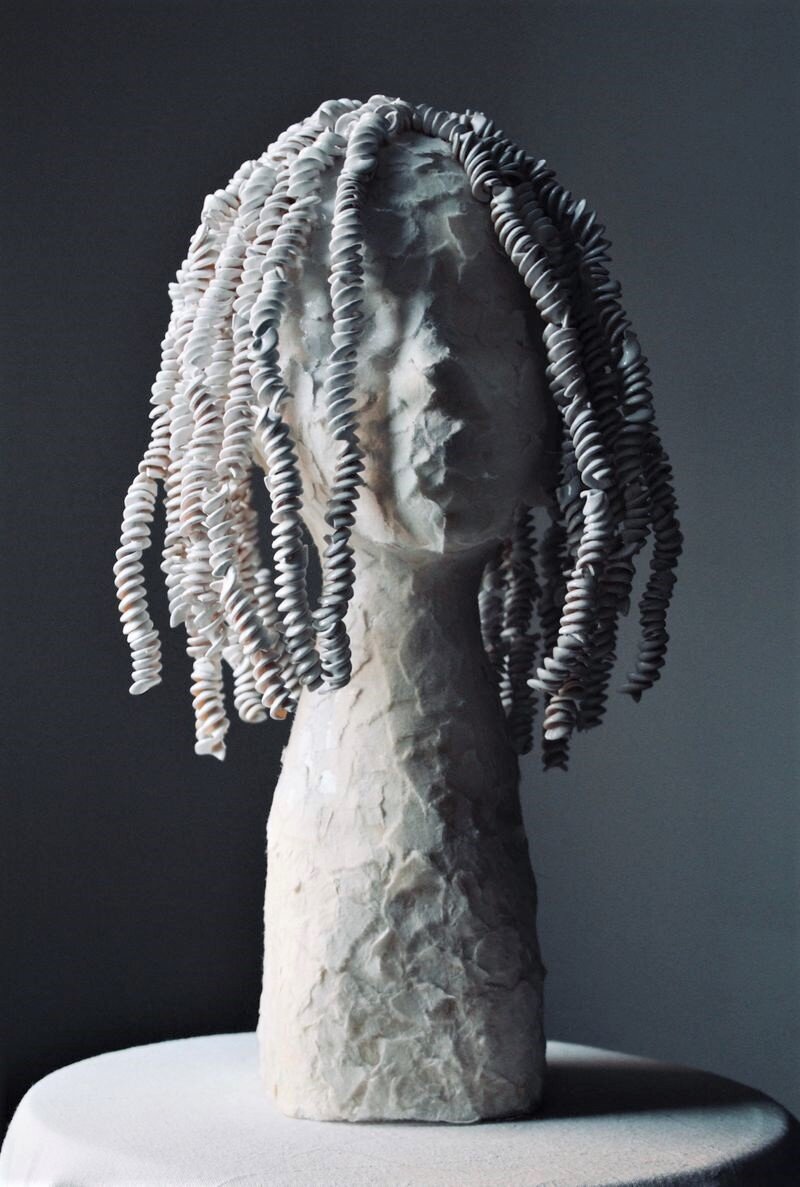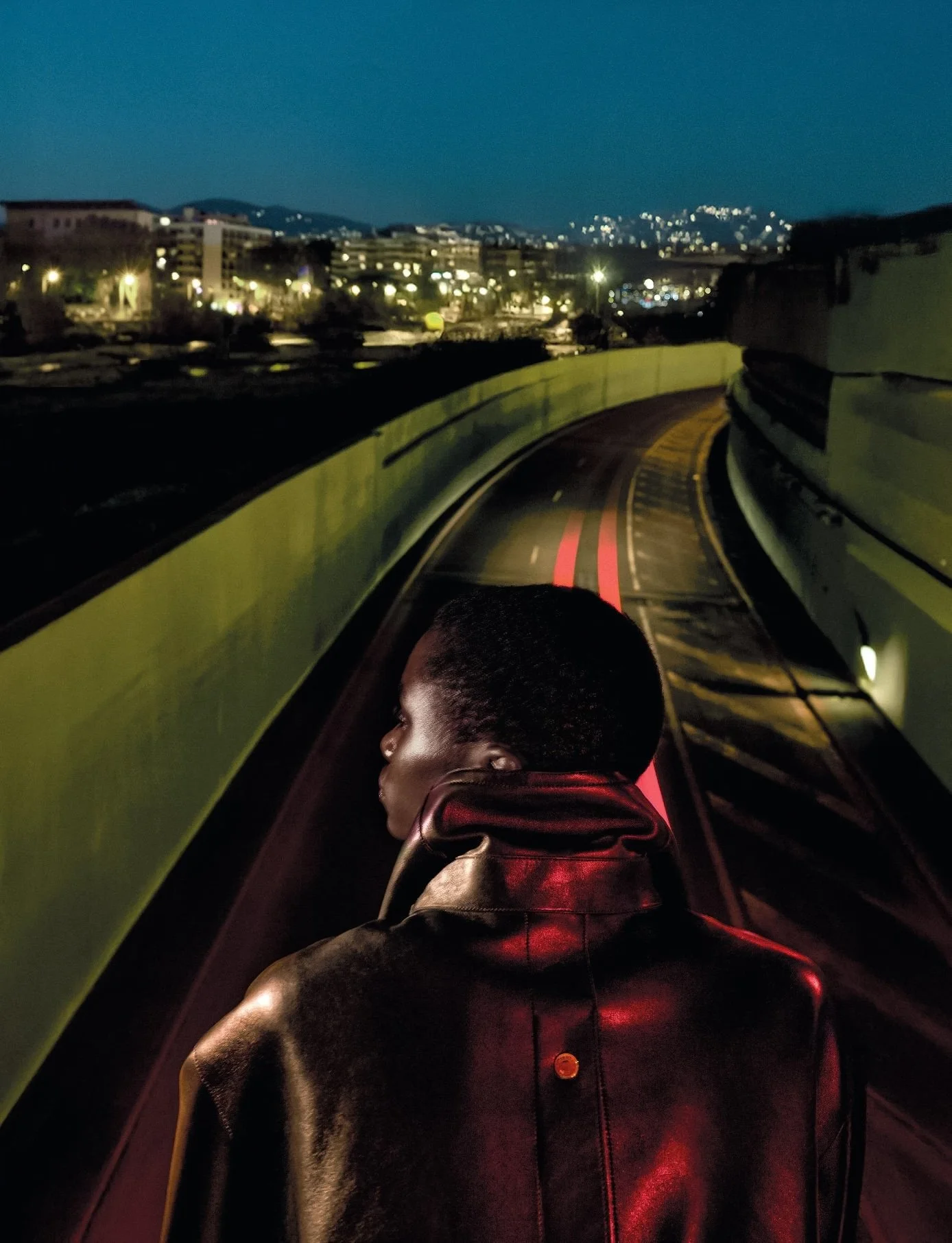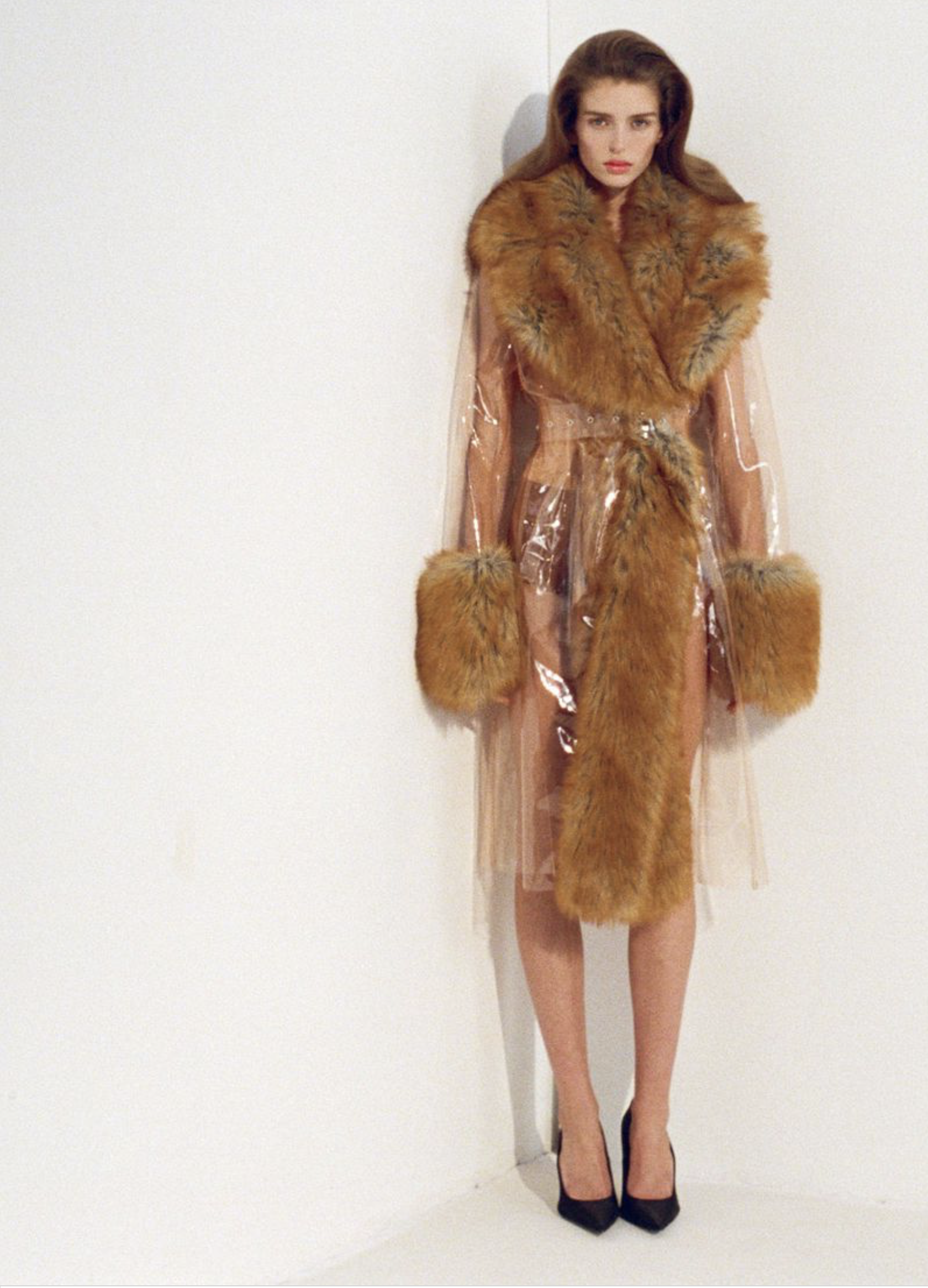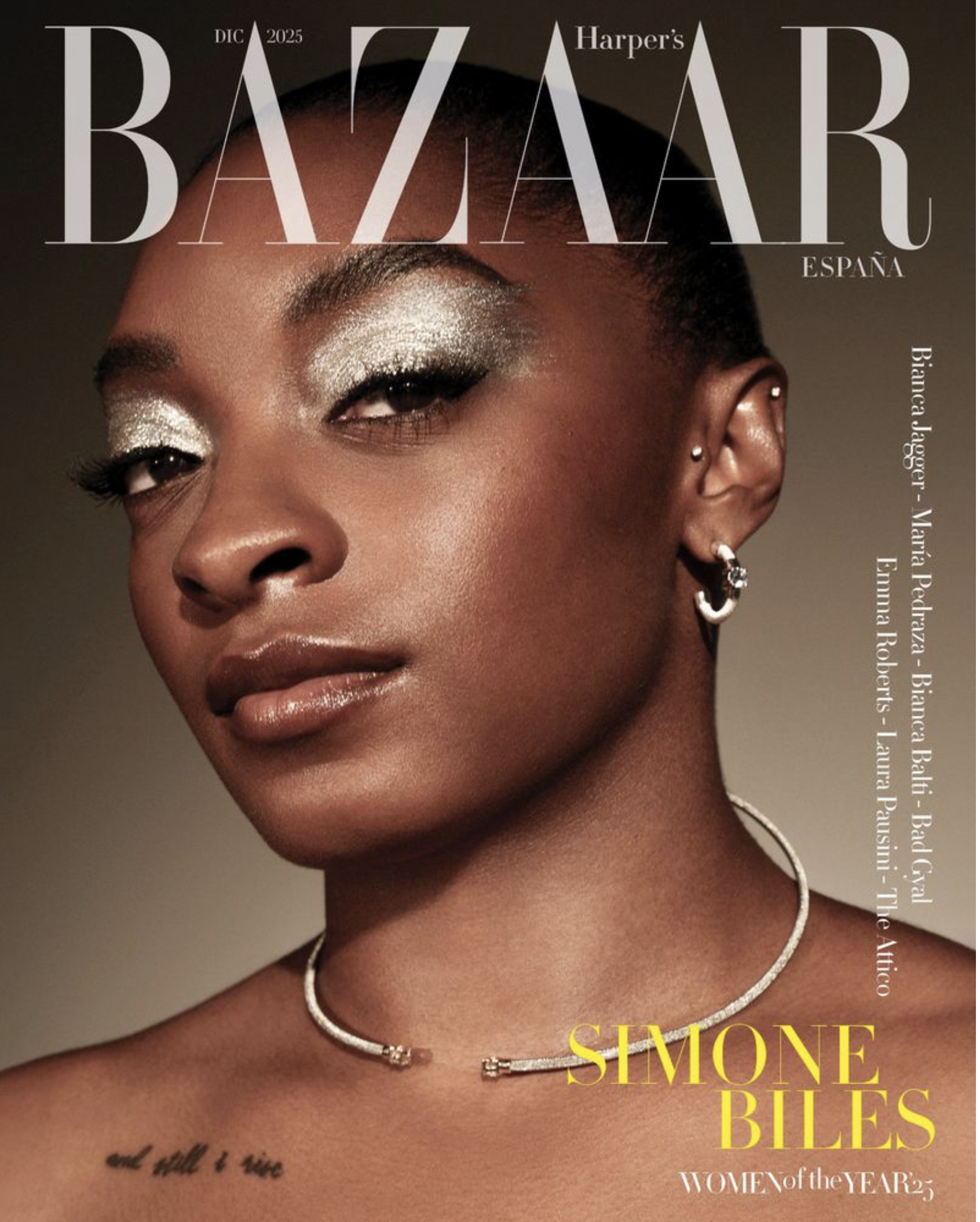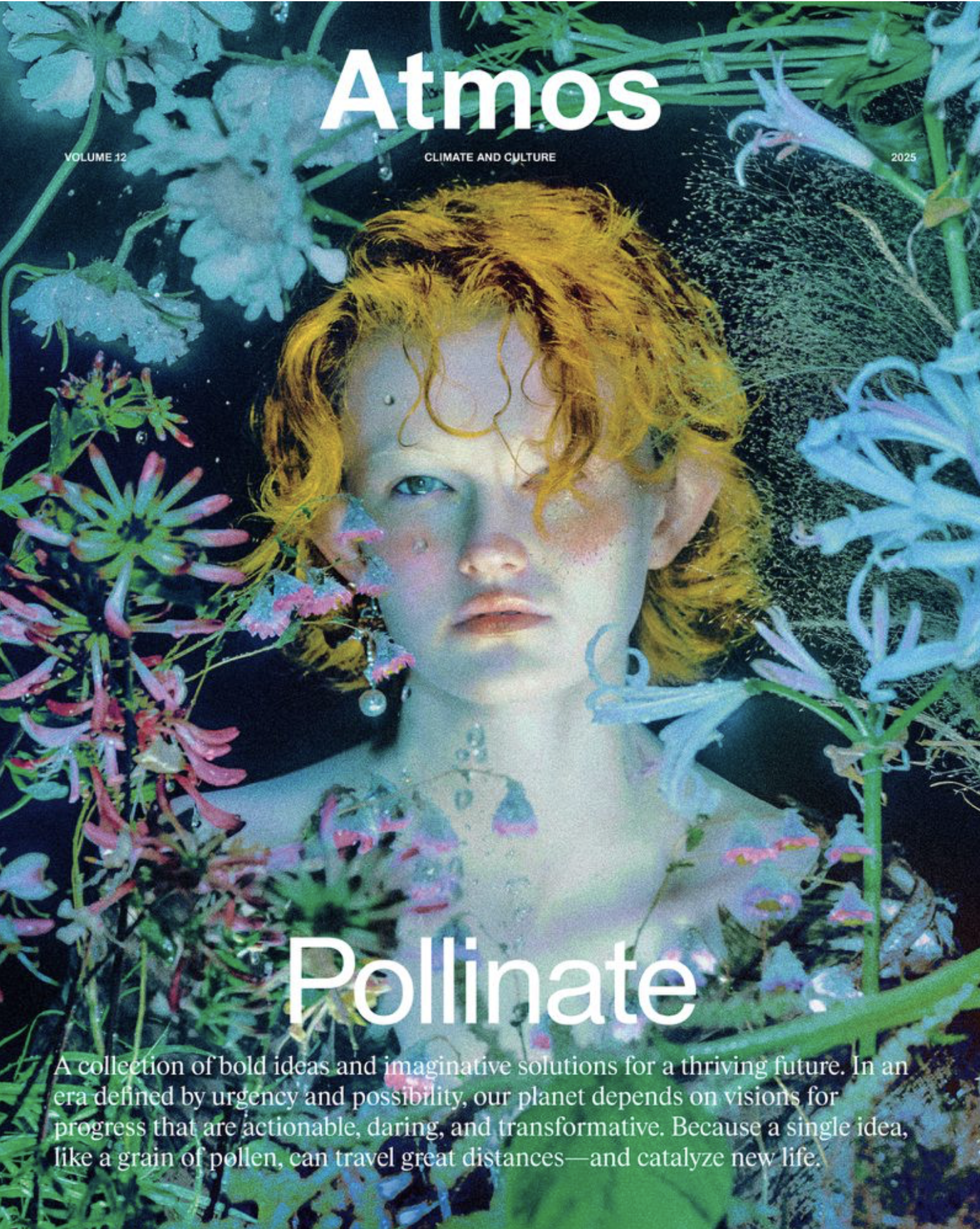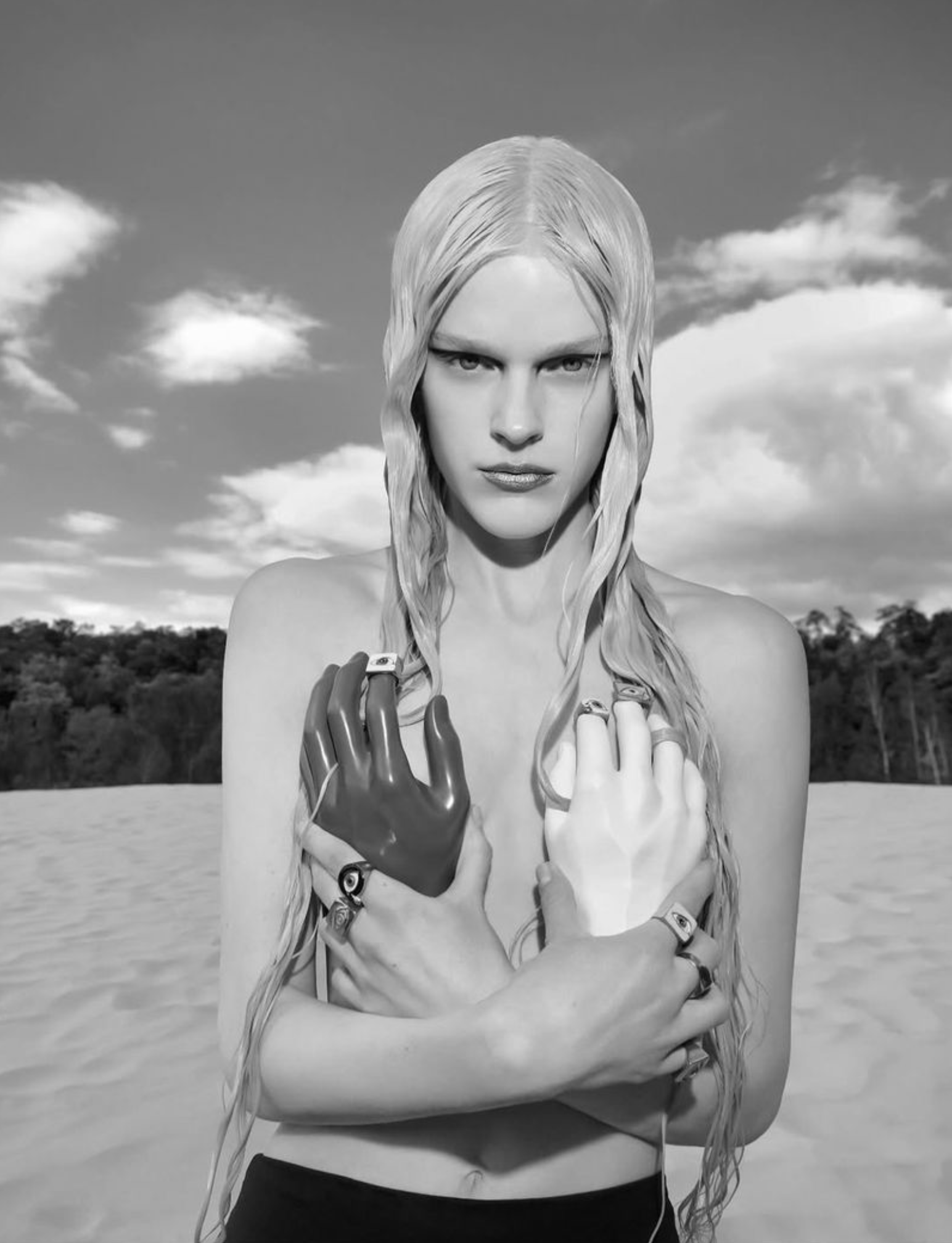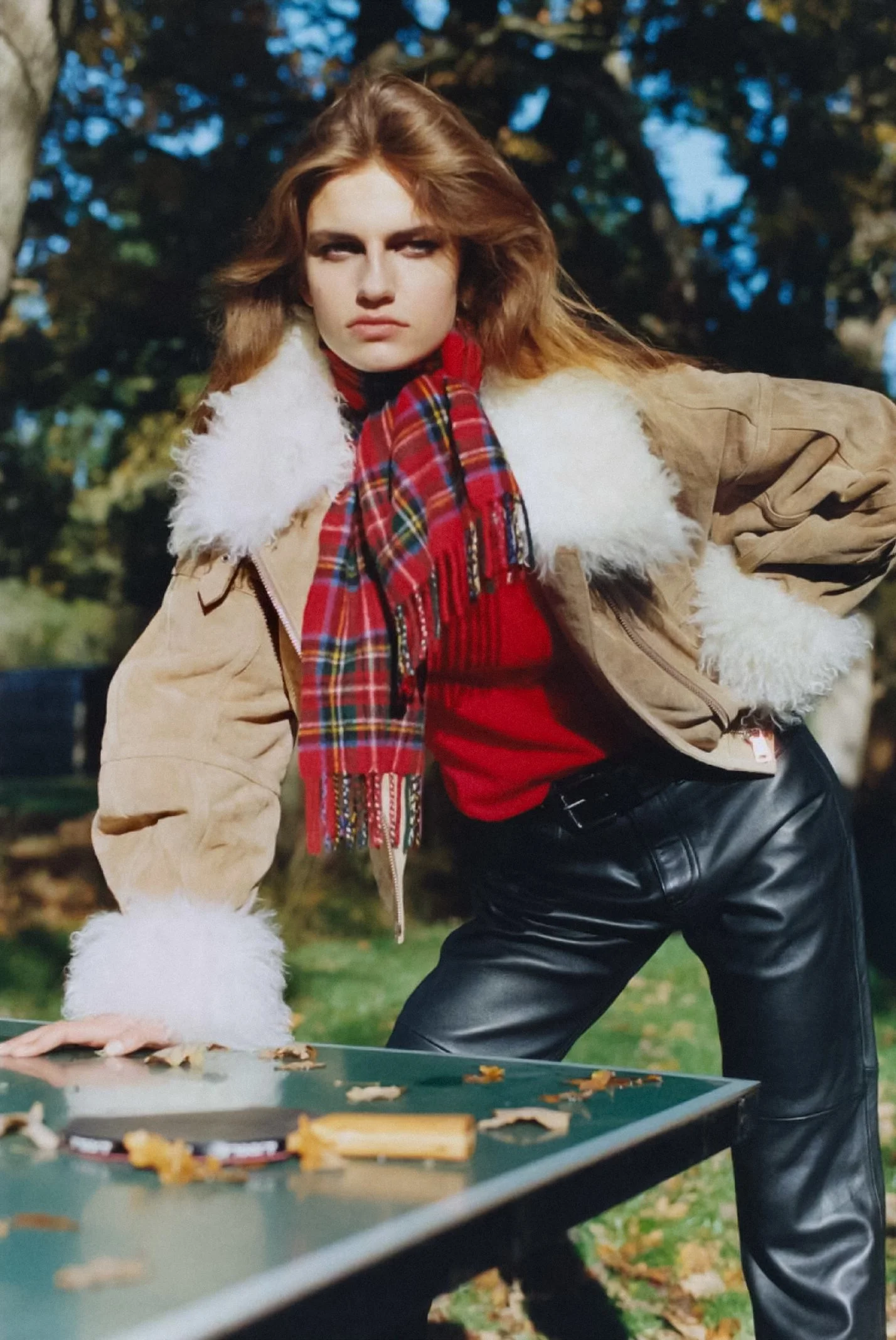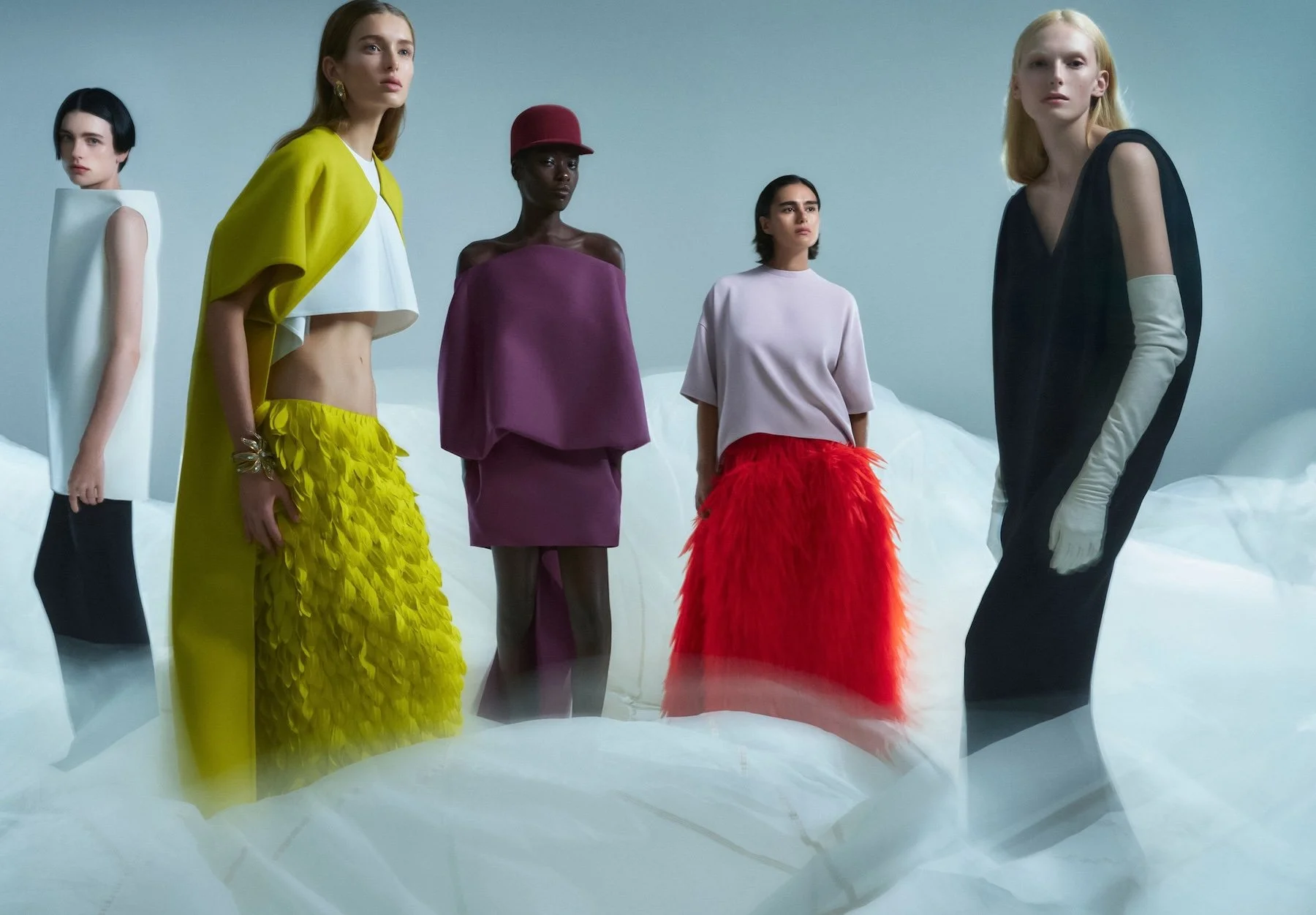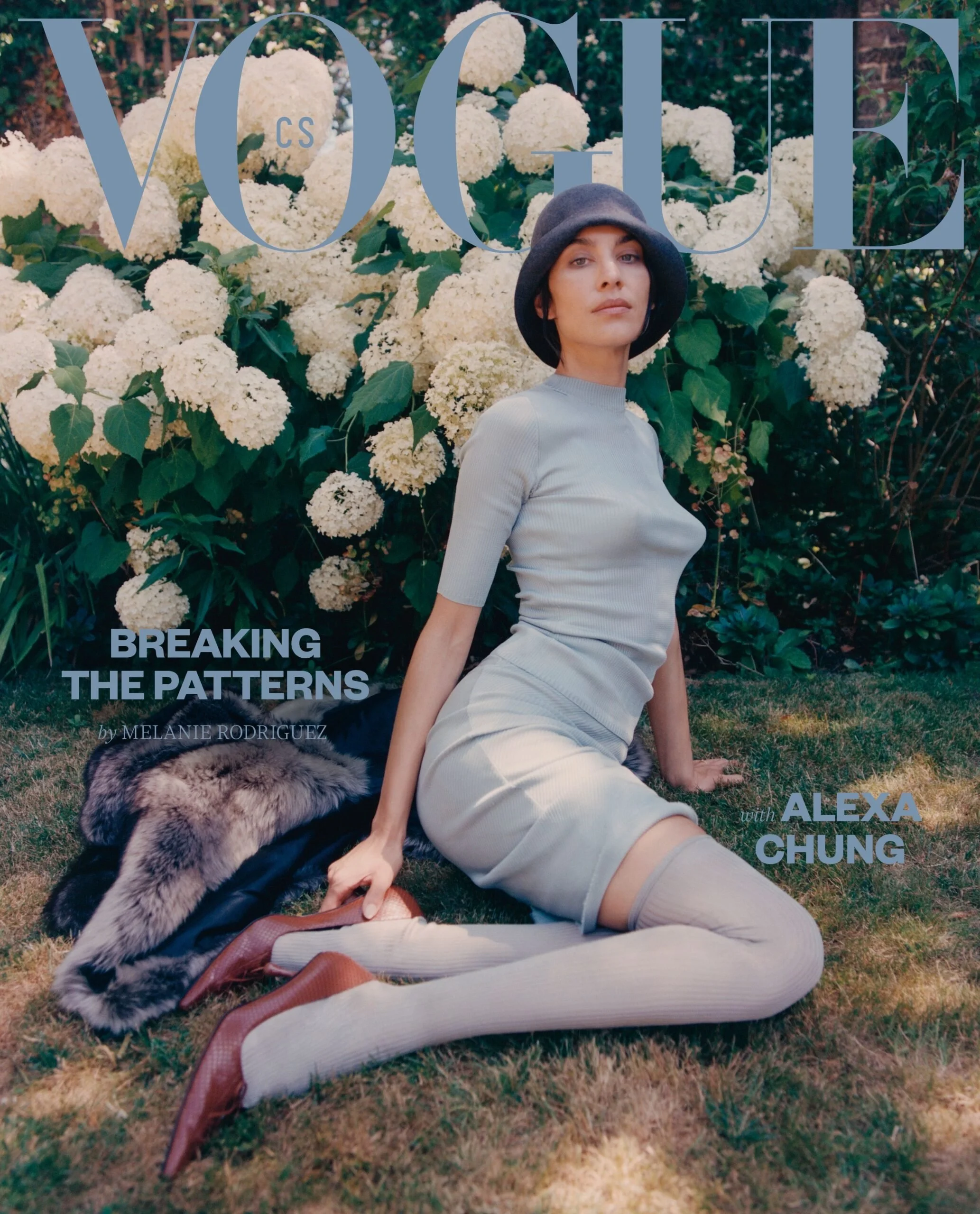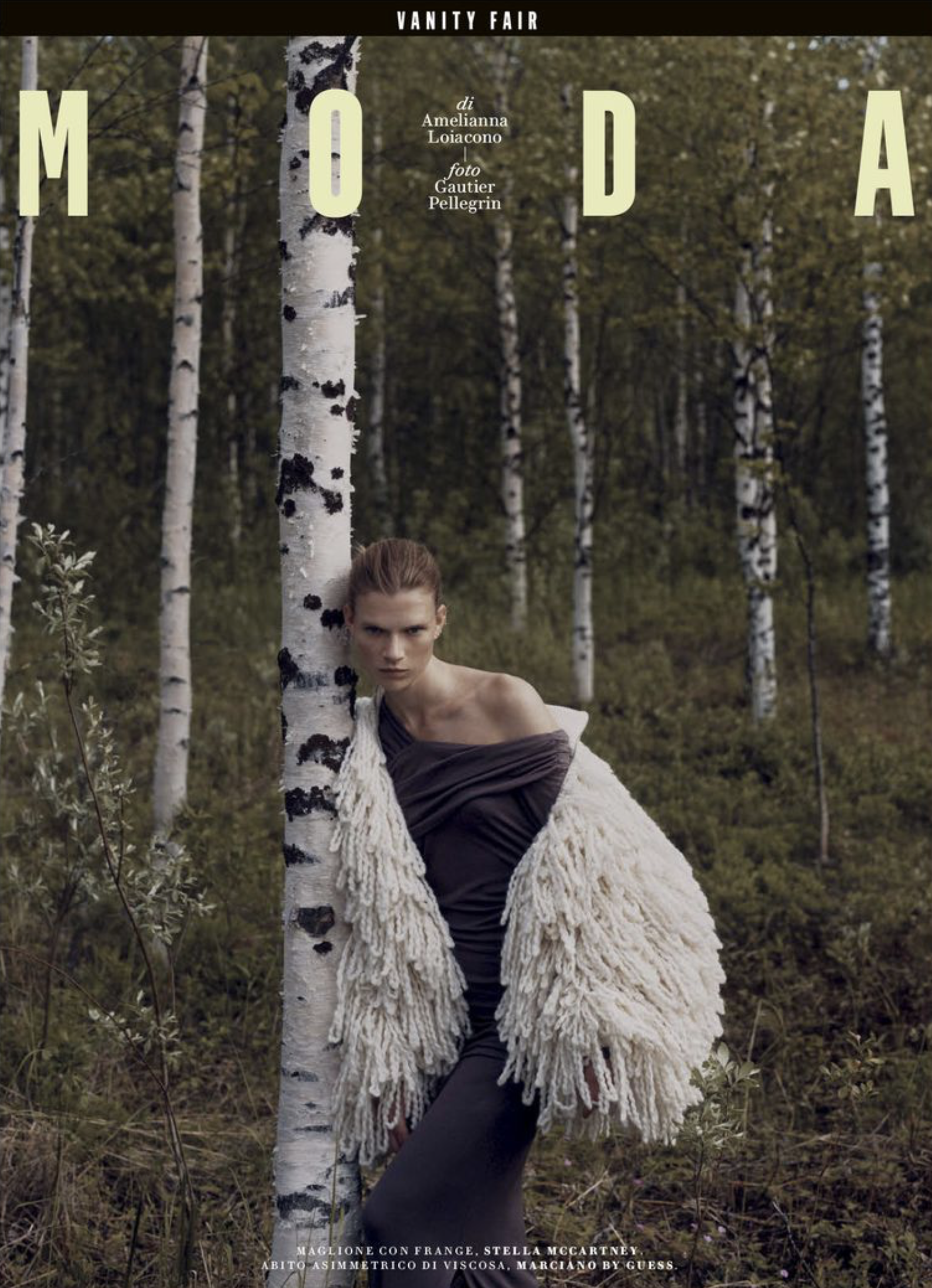Brooklyn Hairdresser Takuya Yamaguchi Creates E-Book To Raise $10,000 for BLM
/LOVE Magazine UK shares a poetic story about Japanese hairstylist Takuya Yamaguchi and his determination to create 100 wigs in short order, then photograph them to create an e-book in support of the Black community.
In about 100 days, Yamaguchi created 100 hairstyles — fashioned from shells, technicolor sweets and magenta slime — and then explained their history.
"I have been inspired by Black culture, music, fashion, hairstyles, and I respect them," commented the hairstylist. "In the midst of this turmoil, I’ve been learning again about American history, the social structures, and racial discrimination. I’d like to support people who are unfairly treated because of their race."
These creative hairstyles, made at his home in Brooklyn, have been compiled into new e-book Paused in NY ~ 100 Mannequin Heads Quarantined in aid of charity BlackLivesMatter Global Network, which fights to end State-sanctioned violence, liberate Black people, and end white supremacy forever. All profits from’ Paused in NY ~ 100 Mannequin Heads’ quarantined will be donated to the charity, which has raised $7,027 of its $10,000 target on it's GoFundMe fundraiser page so far. 100 wigs in 100 days is an impressive feat in it's own right, but imagine if Yamaguchi could raise $10,000 in the next 100? Now, that would be worth celebrating.
Yamaguchi’s Go Fund Me campaign is now at $8,594, on August 24. The e-book will be sent to anyone for donates more than $10, with 70% of the funds raised (costs of materials, photography and related expenses are being subtracted) donated to BlackLivesMatter Global Network.
Many of us know that these decorated hairstyles not only are traced to the Black community. Totally inspired by Hans Silverster’s images of the Omo Valley people, AOC has traced these garden-variety headdresses and body decoration to one of the most heart-stopping peoples on earth, living in southern Ethiopia.
The Omo Valley people are totally under assault from the collision of necessary economic development for modern-day Ethiopia — specifically the Gibe III dam which opened in 2015. In addition, limited tourism — but still tourists entering the Omo Valley region to see these “authentic peoples” has resulted in some Hollywood-style, Instagram dressing up for the cameras.
The Hans Silvester images and his book ‘Natural Fashion: Tribal Decoration from Africa’ (2009) present an authentic vision of the Omo Valley people. Very few ‘outsiders’ had any contact with the Omo Valley people when Hans Silvester took these images.
National Geographic May 2020 shared an in-depth look at the beauty and challenges of the Omo Valley in The modern world edges into one of the cradles of humankind.

